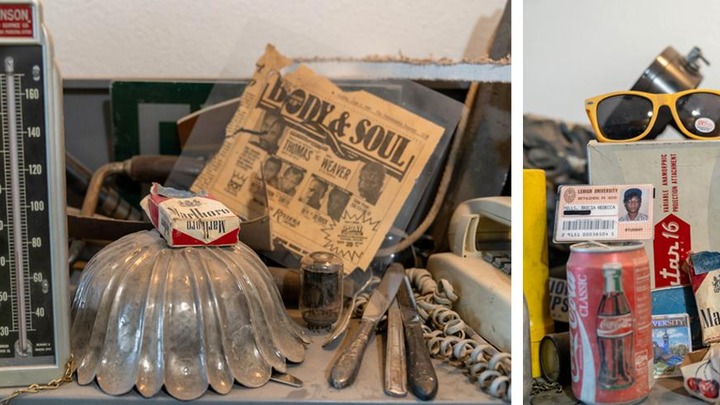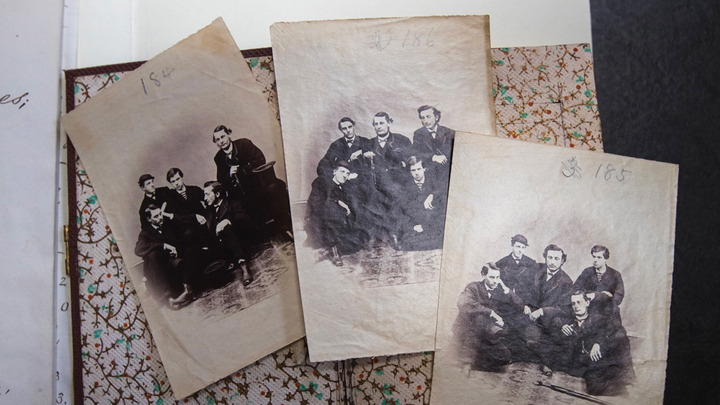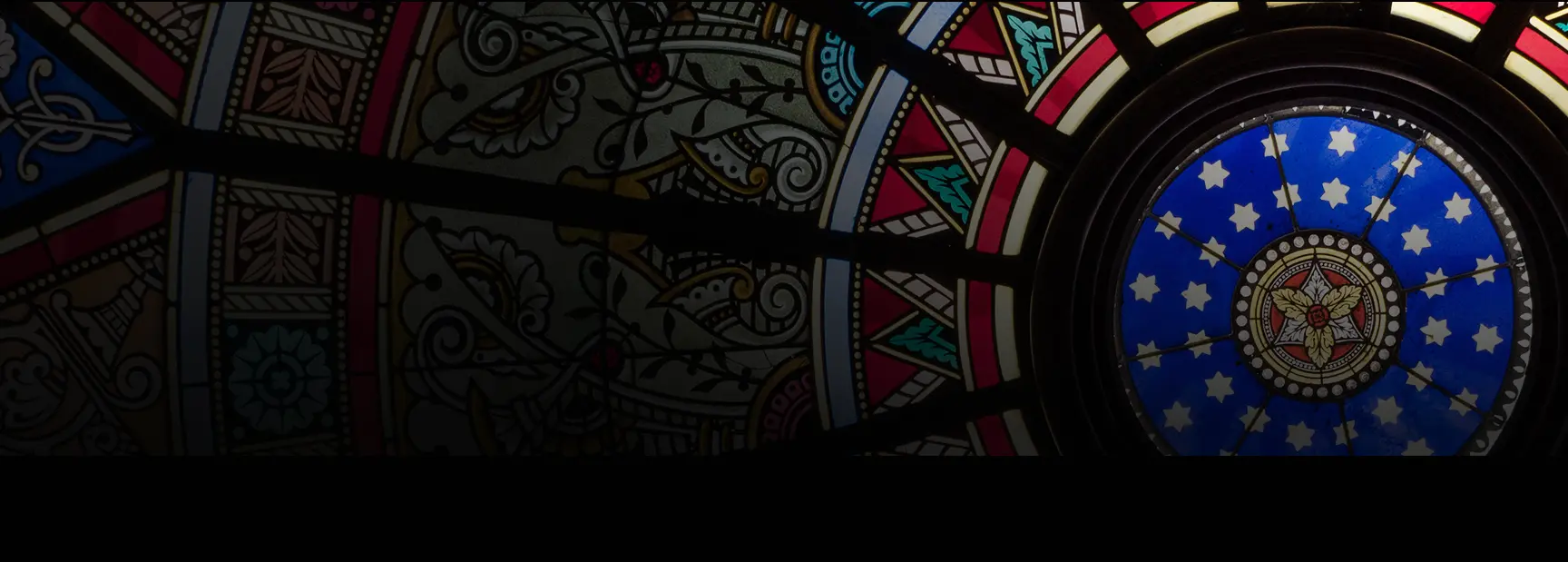
Library & Technology Services
Media
Find Videos & DVDs in the Media Collection.
Library Single Search (Beta)
helpExplore and search for all library materials, regardless of type. To narrow your search, use the dropdown to select the type of material you're seeking.
Get Help
Our team is here to help you with questions about any LTS service — from research guidance, pedagogical consultation or technical support. From big ideas to quick assistance, our team is ready to connect you to the right person, resource or solution.
Quick Links
Get quick access to some of our most popular tools, resources and services.
Featured Exhibits, Collections & Projects
Across disciplines in LTS, our work centers around discovery, curiosity and innovation. Dive into our featured collections, projects —pedagogical, digital or technology-specific — and exhibits to explore some of the powerful work and materials found at Lehigh.

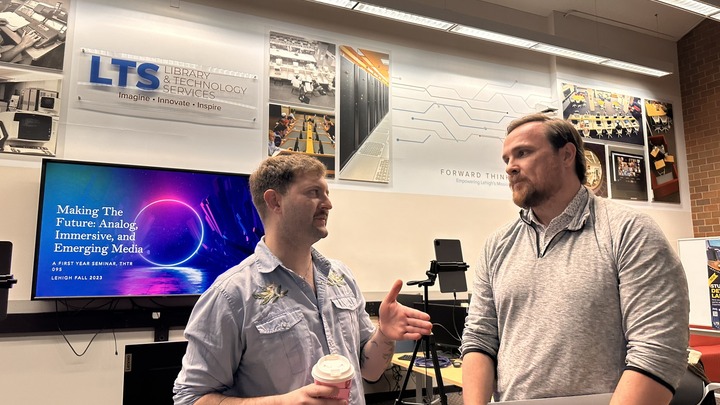
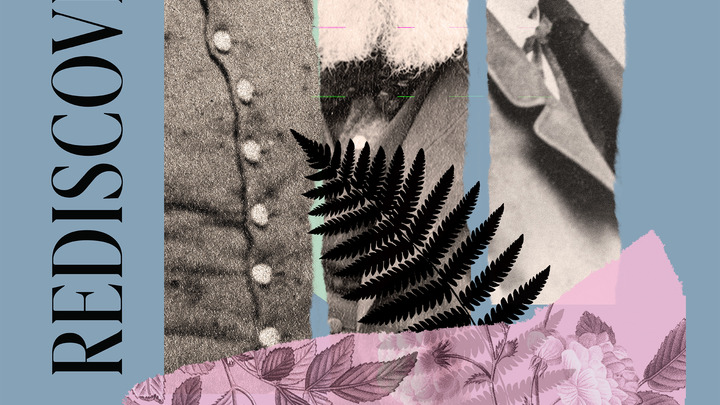
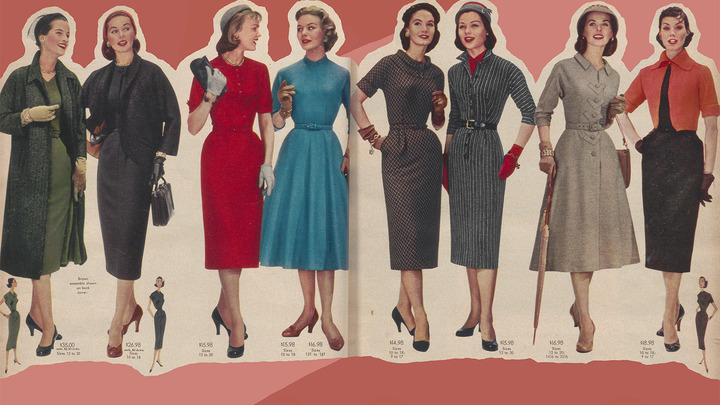
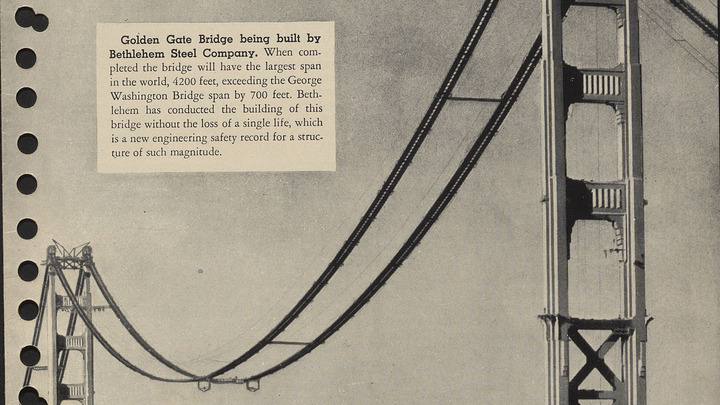

Latest News & Announcements
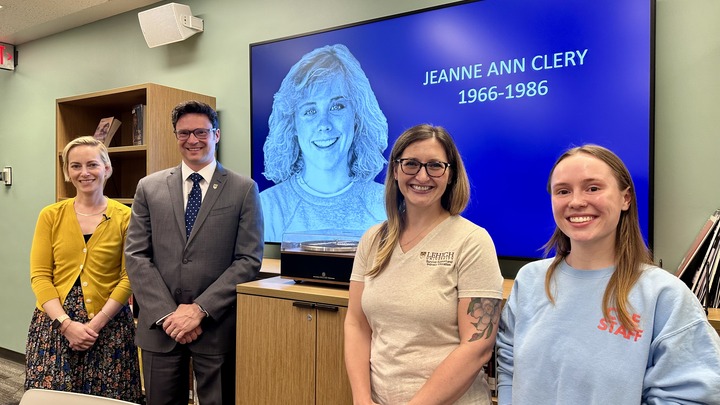
Event celebrating the life of Lehigh student Jeanne Clery, a gifted student and athlete who was tragically raped and murdered in 1986 during her freshman year. Following her death, Clery's parents championed the issue of campus safety and brought the problem of campus crime to national attention. Their advocacy led to the passing of the Clery Act, which provides transparency around campus crime policy and statistics.
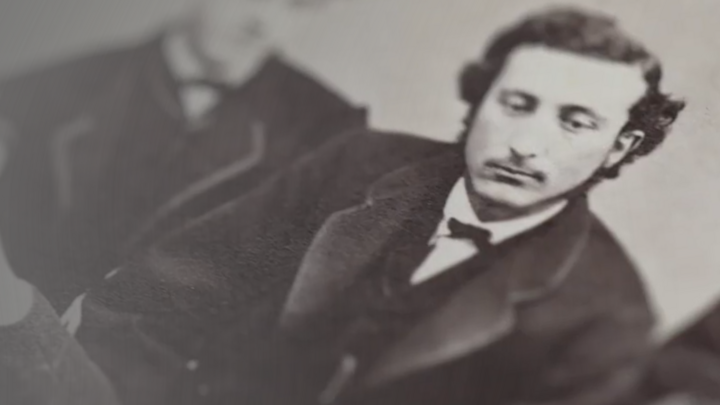
The Friends of the Lehigh University Libraries invite you to a unique celebration commemorating the life and legacy of Miles Rock, one of Lehigh's first graduates in the Class of 1869, on Thursday, May 2, 2024 from 4:30 p.m. to 6:00 p.m. in Whitaker Laboratory 303. Experience Rediscovering Miles Rock!

Join us for a Friends of the Lehigh University Libraries talk in celebration of National Poetry Month, Tue., April 23

